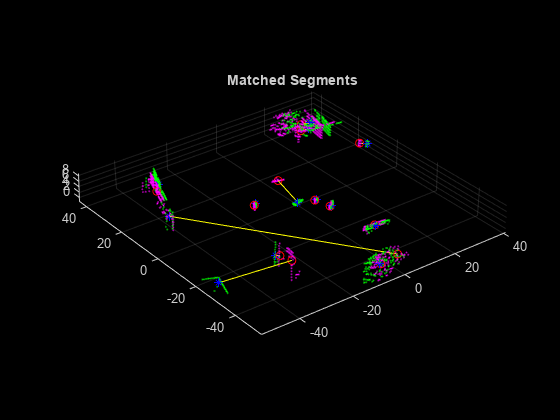主要内容
extractEigenFeatures
从点云提取eigenvalue-based功能段
语法
描述
特性= extractEigenFeatures (segmentsIn)segmentsIn。使用这个语法来促进特定片段的选择在一个点云扫描局部特征提取。
(此外返回段从输入中提取点云从先前的语法使用参数的任意组合。使用这个语法方便的可视化片段。特性,segmentsOut)= extractEigenFeatures (___)
例子
输入参数
输出参数
引用
[1]Weinmann, M。,B. Jutzi, and C. Mallet. “Semantic 3D Scene Interpretation: A Framework Combining Optimal Neighborhood Size Selection with Relevant Features.”ISPRS年报的摄影测量、遥感和空间信息科学II-3(2014年8月7日):181 - 88。https://doi.org/10.5194/isprsannals - ii - 3 - 181 - 2014。
另请参阅
功能
extractFPFHFeatures|pcmatchfeatures|pcsegdist|pcshowMatchedFeatures|scanContextDescriptor|segmentLidarData
对象
介绍了R2021a


